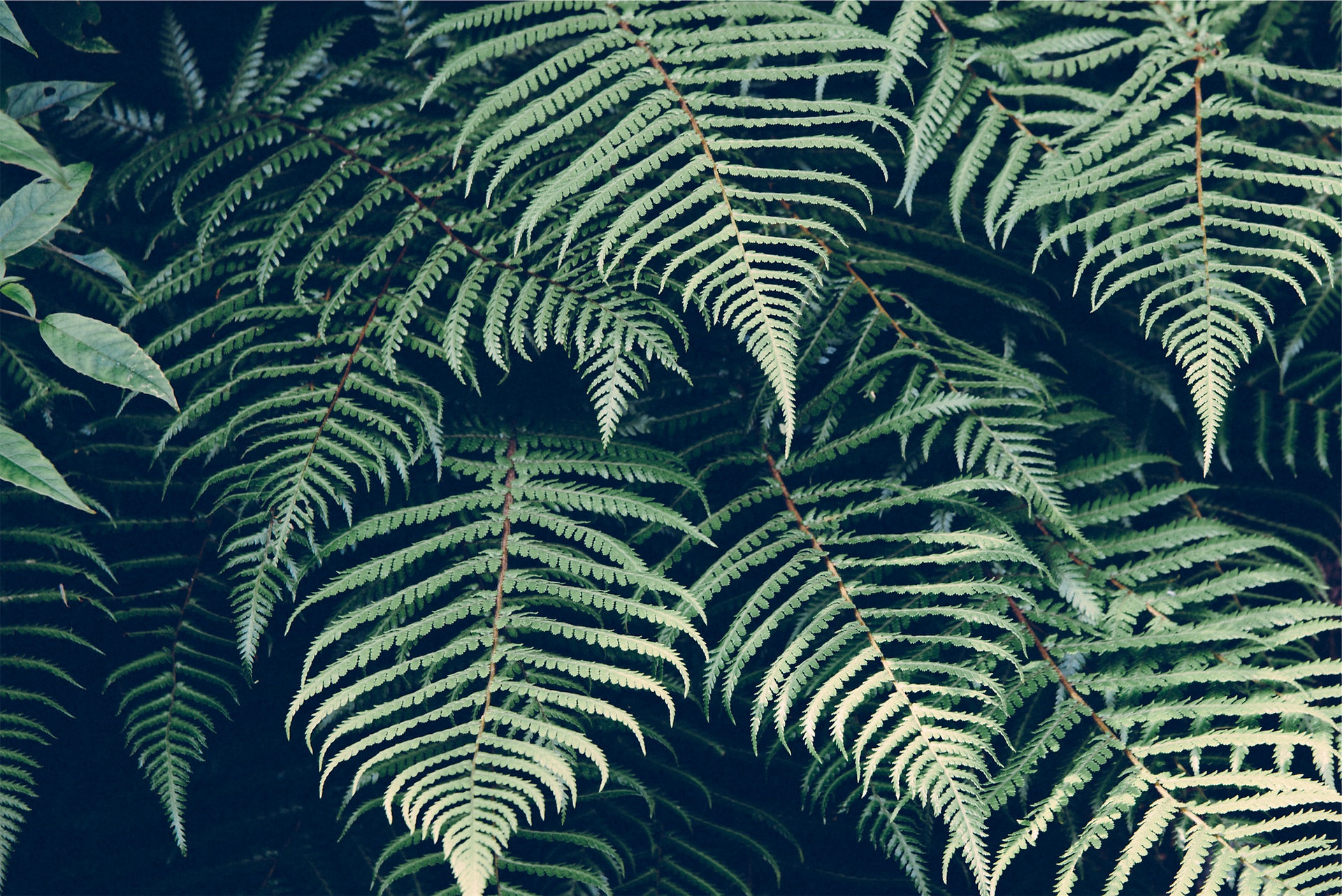
MG
Pollution & waste
Pollution Won't be there in the City Cordelia! There won’t be any sound pollution in Cordelia, since the low frequency sound generated when the city is moving will be blocked by soundproofing glass, which will cover the entire city like a dome. And the energy resources being used are solar power and tidal current power, but they don’t give people of cordelia any sound pollution. Wind power is the one which gives the most sound pollution, especially low frequency one. But in our city's case, we only use Tidal current power and solar power, so we won't have sound pollution.

Bio energy
Definitions
Biomass is any organic, i.e. decomposable, matter derived from plants or animals available on a renewable basis. Biomass includes wood and agricultural crops, herbaceous and woody energy crops, municipal organic wastes as well as manure.
Bioenergy is energy derived from the conversion of biomass where biomass may be used directly as fuel, or processed into liquids and gases.
Traditional biomass use refers to the use of wood, charcoal, agricultural resides and animal dung for cooking and heating in the residential sector. It tends to have very low conversion efficiency (10% to 20%) and often unsustainable supply.
Biofuels can provide up to 27% of world transportation fuel by 2050
The 2011 IEA Roadmap Biofuels for Transport shows how widespread, sustainable deployment of biofuels can play an important role in enhancing energy security and reducing CO2 emissions in the transport sector, and projects growth as a transportation fuel from 2% today to 27% in 2050.


Water Pollution In Cordelia! No! Water Pollution won’t be there in Cordelia since there is no racket inside the sea, and water is collected from the sea. And then the water that is collected from the sea will be used as drinking water in the homes, and the people will also use it for bathing and cooking! Now the question is, will that water be also used for toilet Use! That relates us to the waste part! Because when we flush the toilet, then all the water is a waste and as we are a floating city over a sea which is a body of water, that creates a problem for us! So, in that case we will have really special systems which will be very unique, so that we can collect that waste water and then purify it with salt and other mixing stuff like vitamins and minerals!
After that is done, we will transport the water back its original place from where we got it, which is the Sea! and this won’t harm the animals or marine life, as it will contain vitamins and minerals in it! We will keep on doing that every time we get a water that is wasted!

As far we are concerned with waste problems in our city, all I have to say is that there is a very good system in our city that can prevent us from collecting all the waste in one place like a garbage dump area, and create waste pollution! So, to prevent us from the waste pollution which can be really harmful to our city, we have a high-technology system of segregating stuff that are going into the garbage bins or they are being nedded to be dumped! So, first of all we will collect all the trash and the garbage from each zero energy house and building in Cordelia! Then we are going to give those to the segregation center which is in the downtown of the city! After it reaches the
segregation center, those stuff would go under a certain process that is going to help those waste and trashes to be recreated in many forms of energy like electricity from Homes! So, that's another form of getting energy through a sustainable way! In That way there will be no waste pollution, and also a form of supplementary energy will be created and stored for the homes and buildings!

There will be No Co2 emission which will be polluting the Cordelia city! There won’t be any Co2 pollution, since the energy resources being used are solar power and tidal current power, which are renewable energy, so they don’t emit Co2. And no fossil fuels, which are actually the one that emit Co2, aren’t used in Cordelia! So, no Co2 Emissions and No harm in the environment!
How much waste produced each day?
The average person generates 4.3 pounds of waste per day. This is 1.6 pounds more than most produced back in 1960. Where does it all go?
Approximately 55% of 220 million tons of waste generated each year in the United States ends up in one of the over 3,500 landfills. Municipal solid waste landfills are the second-largest source of human-related methane emissions in the United States, accounting for approximately 22 percent of these emissions in 2008 (EPA, 2011).

Then what can we do to reduce my impact?
Approximately two-thirds of our household waste can be composted. If compost is not an option, vermiposting (composting with worms) is popular in apartment settings. Additionally, many urban areas are now experiencing an increased interest in urban gardening. Look around your communities and neighborhoods to find local gardens that may accept your food scrapes for compost.
When you go to the grocery store, try to remember to bring reusable bags. Many stores give you credits for bringing your own bags. While the amount seems small, over the course of a year it can add up.